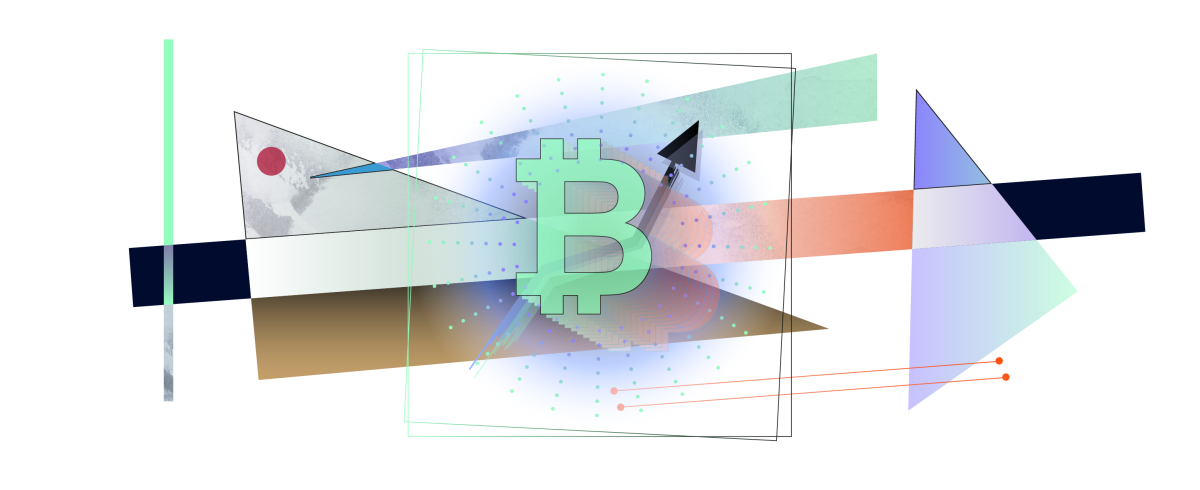Bitcoin’s first green week in 63 days

Bitcoin terminated the worst period in its history: after a record 9-week fall, the world’s leading cryptocurrency was finally able to close 7-day trading better than it opened.
On this page
Many investors have been waiting for this event as a ray of light in the darkening crypto space: investment funds have reduced investments, large companies have announced staff reductions, the market sentiment index has shown a steady “extreme fear”, trading volumes and transaction activity have decreased.
And now it has happened: the first green weekly candle after a discouraging “red” series.
By the shape and type of this candle, we can understand what kind of struggle was between buyers and sellers: a lot of pressure from the “bears” after a short recovery of bitcoin to $32,000, but then a strong demand in the $30,000 zone from the “bulls”, which did not allow another failure in “red zone”.
The subsequent optimism that opened trading on Monday probably signals that the market has fallen and that Bitcoin for $28,000-$29,000 is perceived as an “undervalued asset.”
It must be said that the $30,000 zone is apparent psychological support: there have already been massive rallies from this zone twice, and both runs ended with the formation of new record highs in 2021.
There is a chance that investors will not want to miss the potential start of a third such rally, and we will see a revival in the stock exchanges. Also, the current picture calls into question the diagnosis of some experts that the market is in the “crypto winter” stage.
The content on The Coinomist is for informational purposes only and should not be interpreted as financial advice. While we strive to provide accurate and up-to-date information, we do not guarantee the accuracy, completeness, or reliability of any content. Neither we accept liability for any errors or omissions in the information provided or for any financial losses incurred as a result of relying on this information. Actions based on this content are at your own risk. Always do your own research and consult a professional. See our Terms, Privacy Policy, and Disclaimers for more details.




























